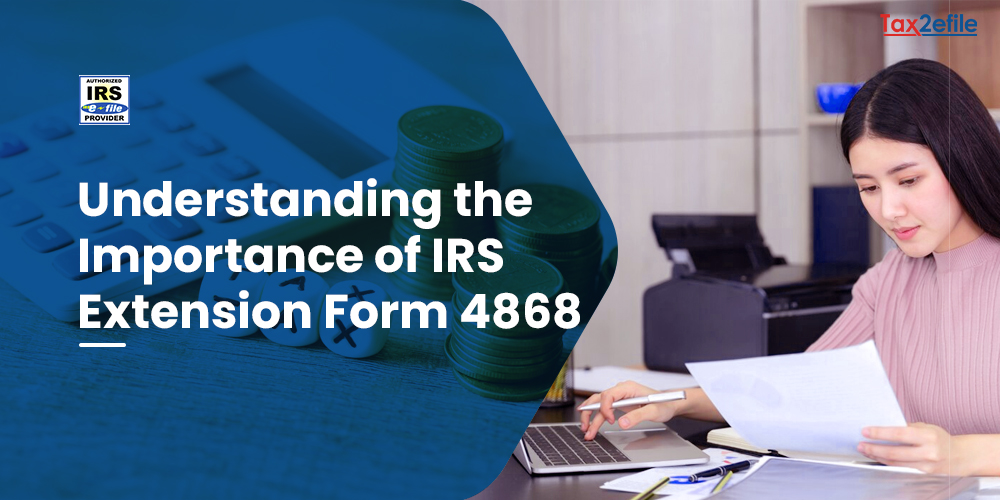- March 18, 2016

Very similar to the other aspects of filing tax, filling out the tax form 4868 extension can be a little difficult. Fortunately, there are always some tips that can help you in learning about the correct procedure of filing form 4868 without being penalized by the Internal Revenue Service. When it comes to form 4868 instructions, it is important for you to follow a step-by-step guide that will help you do so in the right manner.
Table of Contents
Part 1 Line 1: Identification, Address and Name
One of the most important things and also the first thing that you need to provide is the identifying information which will include your name and your address in the first line of the form. In case of joint income tax return, the names of both the spouses need to be entered so that the names appear on the tax return documentation.
Lines 1 and 3: Providing the Social Security Number
In line 2 of 4 for 4868 extension, you need to provide your Social Security Number. Line 3 is for the people who are filing their taxes in a joint manner. Line 3 needs to be used for filling the spouse’s Social Security Number.
Part 2: Individual Income Tax
You always get the option of rounding-off the cents to nearest whole dollar when filling form 4868. Nevertheless, there are some important things that you need to keep in mind while carrying out this procedure. If you have decided to round-off a single figure, you will have to follow the same procedure for all the figures appearing on the form.
Line 4: Estimating the Overall Tax Liability
This is the line where you have to supply the total income tax liability for the entire year. The number that you provide here will be the same number which appears on the income tax return forms. In case you owe zero income tax liability, you need to enter 0 o the extension application. It is also important for you to ensure that the numbers provided by you are precise. This ensures that the IRS will approve your extension request.
Line 5: Providing the Total Payments
This is the line where you need to provide total payments or the payments that you will actually be reporting on the income tax return. It will include estimated payments of tax and the money withheld from an individual’s paycheck all through the year.
Line 6: The Due Balance
Here it is necessary for you to put down the total balance of unpaid tax for the entire year. This number needs to be calculated by subtracting the number provided on Line 5 from the number provided on Line 4.
Line 7: The Amount Being Paid with Tax Extension
On Line 7, you enter the amount that you will be paying to the Internal Revenue Service.
Line 8: Filers who are Out of the Country
This box should contain a check mark if you happen to live outside Puerto Rico and the United States.
Line 9: Forms 1040 and 1040 NR-EZ Filers
This box needs to carry a check mark if the stipulated time frame for the tax return is mid-June and an individual does not receive wages through which the Federal income tax was suspended.


